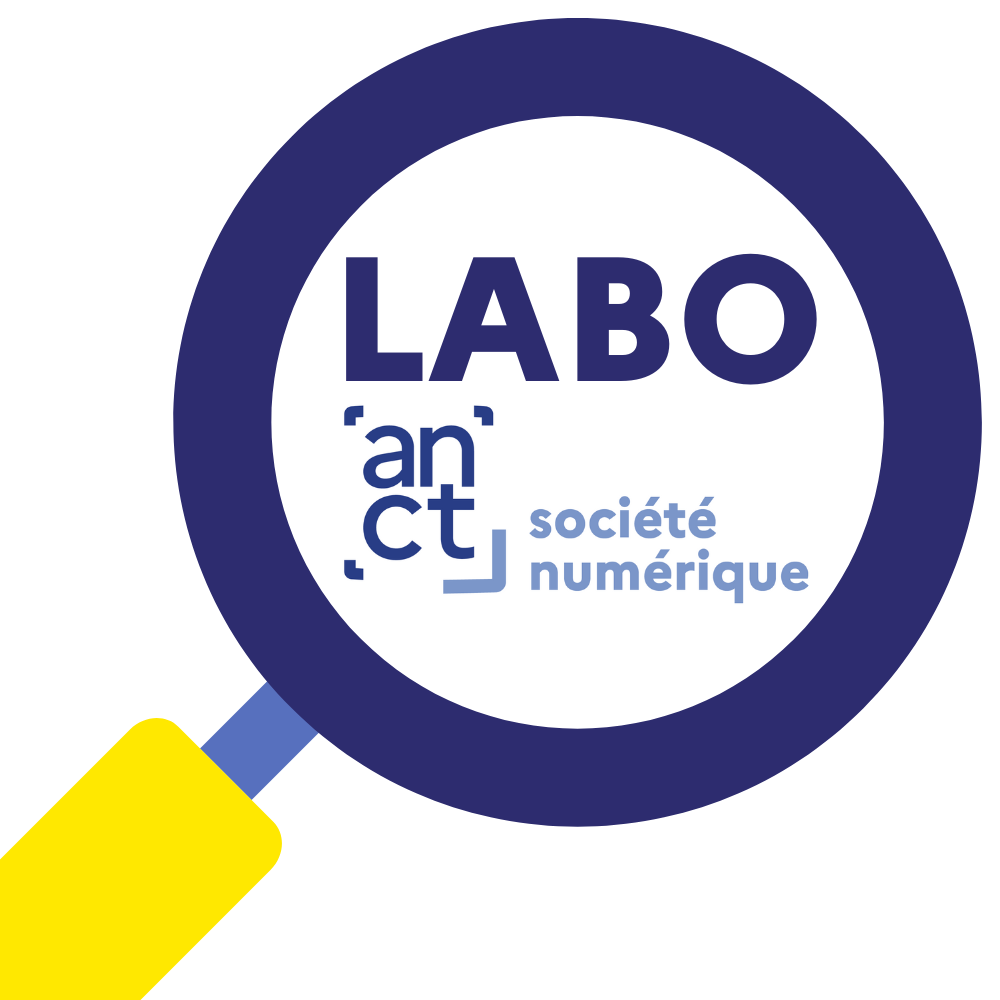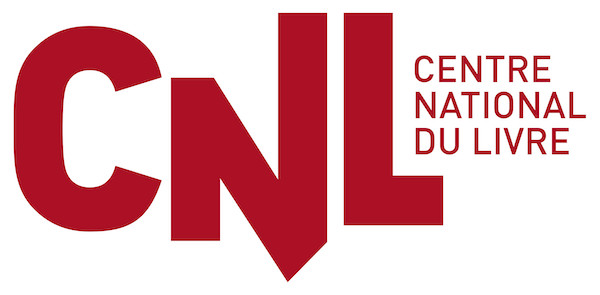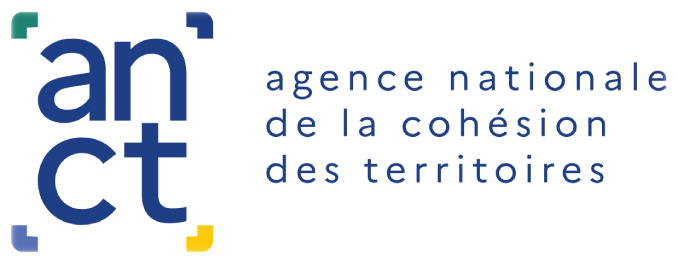Two recent studies allow us to measure the place that digital books now occupy in reading practices.
According to the study The French and books, commissioned by the National Book Center (conducted among 1,000 people by Ipsos), 91% of those surveyed read books in 2017: 67% only books in paper format 2% only books in digital format, 24% both.
Between 2015 and 2017, the number of books read increased, on average, from 16 to 20: 17 books in print and 3 in digital format.
The weight of digital technology is thus increasing following two trends: an increase in the number of e-book readers (from 19% in 2015 to 24% in 2017) and its corollary, an increase in the number of digital books read (from two to three).
The readership of digital books, clearly male in 2015, is now in 2017 as many men (51%) as women (49%). It is, as in 2015, predominantly young and educated.
Online sales, on the other hand, continued to grow in 2017 at the expense of bookstores: 13% of book buyers now do so on online stores (10% in 2015).
One French person in five has already read a digital book
The seventh edition of the Barometer on the uses of digital booksThe seventh edition of the Barometer on the use of digital books, set up jointly by the Syndicat national des Éditeurs, the Société des Gens de Lettres and SOFIA, is based on a survey conducted by OpinionWay among 2006 people and 506 users of digital books.According to this survey, 21% of the French population aged 15 years and over declare that they have already read, in part or in full, a digital book. 7% plan to do so and 72% do not.
This survey corroborates the developments mentioned above regarding the rebalancing of digital book readers between men and women.
Since reading digitally, the majority of digital book readers are buying and reading as much as before. Nineteen percent buy more than four digital books a year.
73% of digital book readers have acquired some of their books for free. 44% have already acquired a digital book for less than 4 €.
The main purchasing tool remains the bookstore integrated in the reading device.
Pay-as-you-go is still the preferred method of accessing books among e-book readers (63%): only 7% of them say they are interested in a subscription model.
Multi-equipped, 82% of readers of digital books do so on reading devices. 14% on tablets, 7% on laptops and 10% on smartphones.
Digital book readers prefer standard formats: PDF at 43% and Epub at 28%.
Digital books represent 3% of book sales in France according to the Federation of European Publishers (FEP), 6.5% according to the economic research firm Xerfi.
The lending of digital books in libraries: still a marginal practice
The Ministry of Culture has been promoting the "Prêt Numériques en Bibliothèques" (PNB) project since 2014. Under the PNB, one or more libraries join forces with partner booksellers to offer a selection of digital books, which they can purchase and integrate into their collections. They can then lend an ebook free of charge to any user, as long as he or she is registered at the library.54 library networks have now subscribed to the service and 37 booksellers offer this new service to libraries. At the beginning of 2016, the editorial offer to libraries consisted of 106,216 titles, compared to 207,999 titles offered to individuals.
However, the PNB system does not meet with unanimity within the profession. The main criticisms or reticence concern the high price of digital books, the lack of durability of the collections and the constraints linked to the technical measures of protection against the copy (DRM).
Références :





